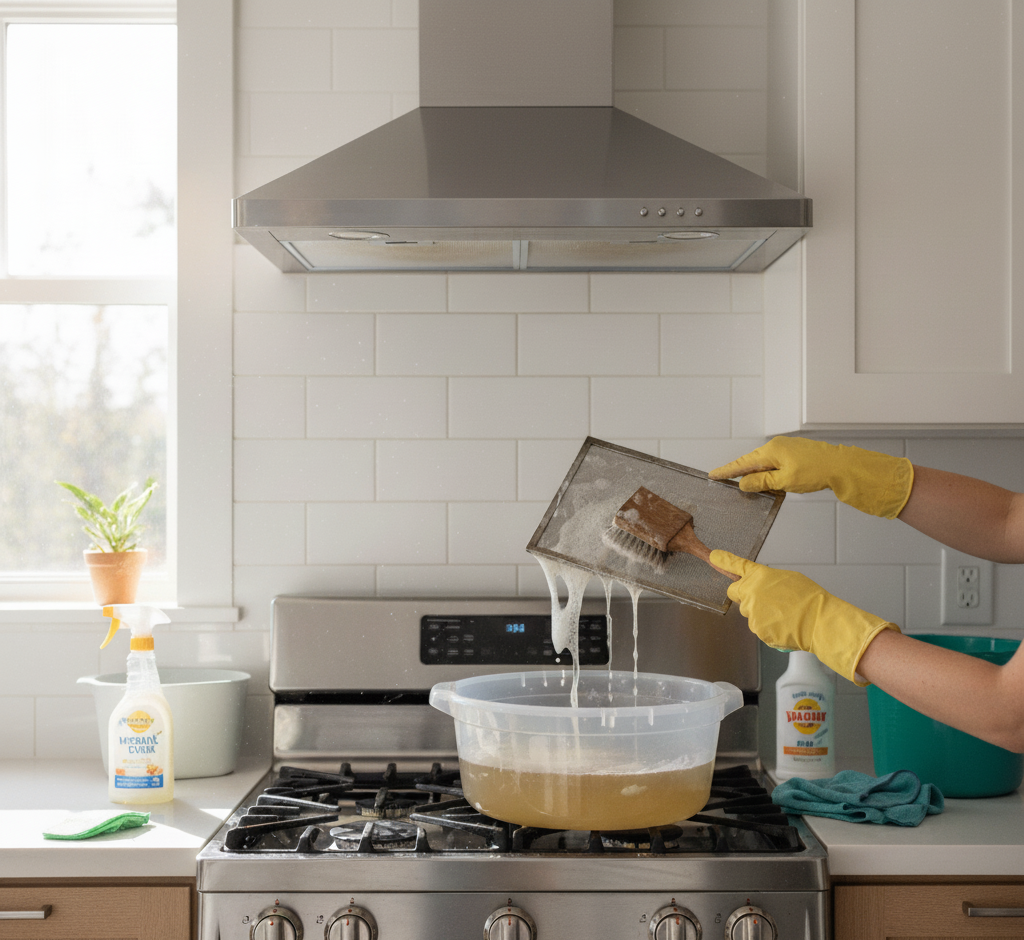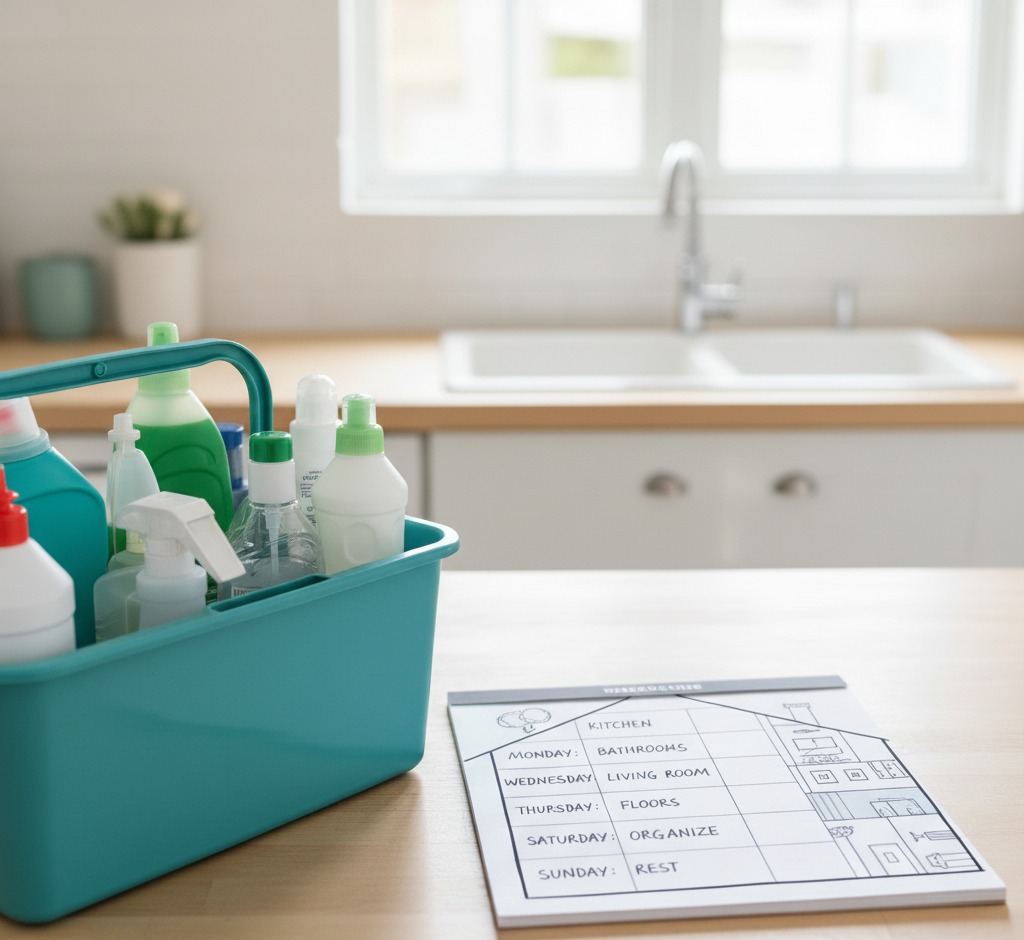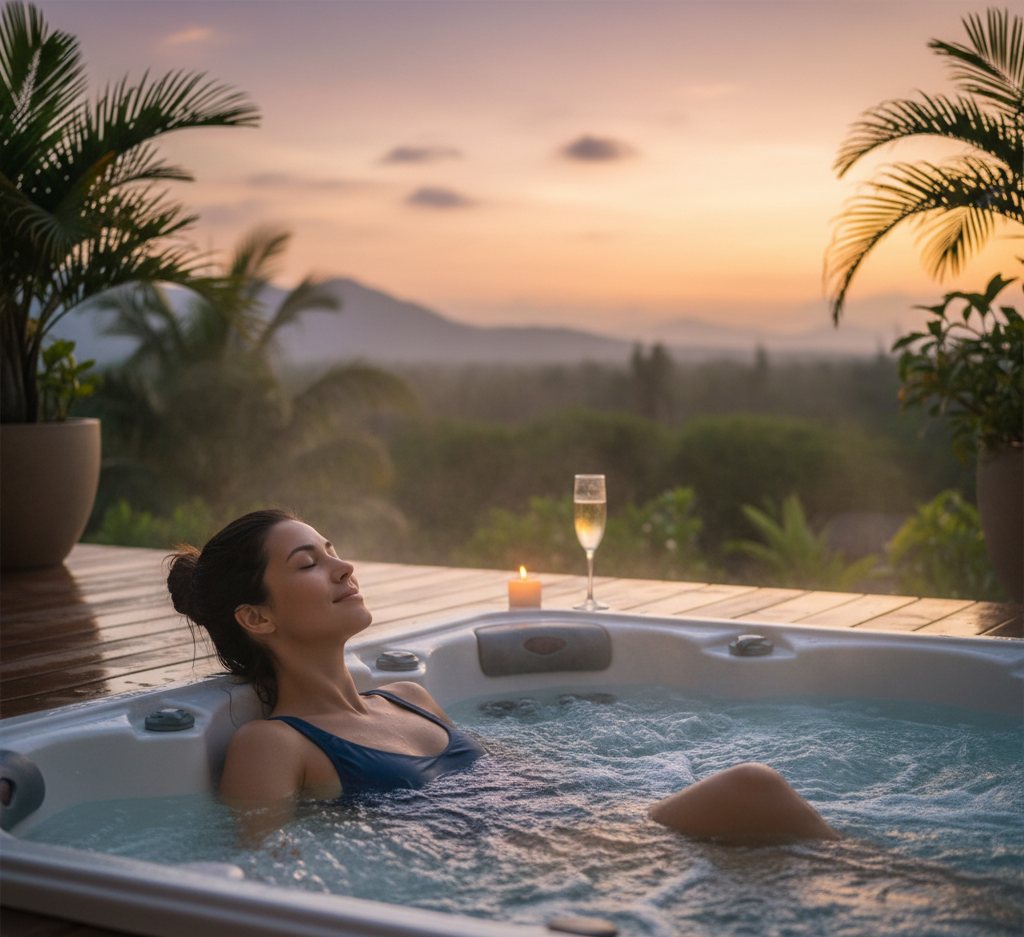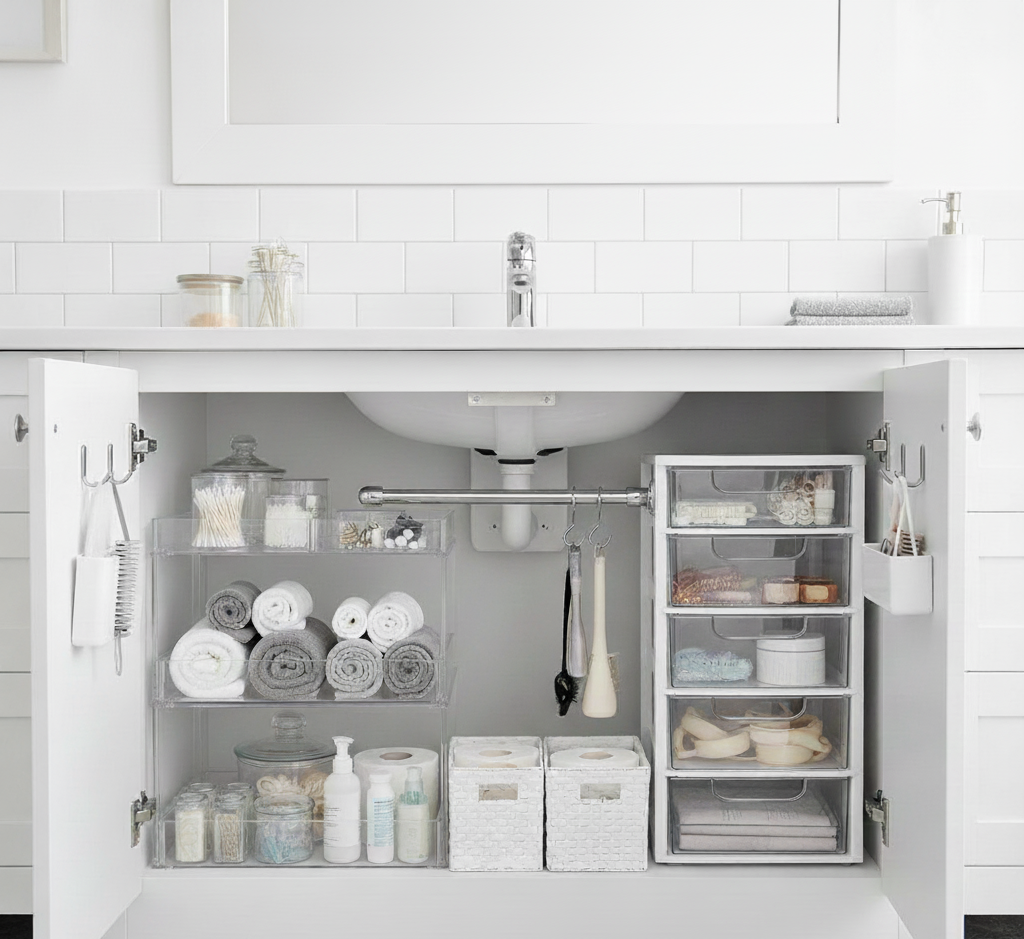How to Clean Your Kitchen Exhaust Fan: A Complete Guide
It is a silent collector of the unseen byproducts of every meal you cook. The exhaust fan, a silent, humming guardian against smoke, steam and odors.. It is the kitchen exhaust fan, or range hood, and it is one of the most hardworking and underappreciated appliances in the entire home. Its job is to perform a crucial act of ventilation, pulling the airborne grease, moisture, and cooking fumes out of your kitchen, improving your indoor air quality and preventing a sticky, grimy film from settling on every surface. But in performing this duty, the exhaust system itself becomes a trap, a hidden reservoir of highly flammable and deeply unpleasant grime. Cleaning the kitchen exhaust is not a simple cosmetic task like wiping down a countertop. It is a fundamental maintenance procedure that is directly linked to the safety and functionality of your kitchen. To neglect this appliance is to invite a host of problems, the most serious of which is a profound fire risk. Understanding what happens inside that metal hood is the first step toward appreciating the critical importance of keeping it clean. The Main Filter in a Kitchen Every time you cook, especially when you pan-fry, sear, or roast, microscopic droplets of grease become aerosolized, creating a vapor. The exhaust fan is designed to suck up this greasy air. As the warm, vapor-laden air is pulled into the cooler metal of the hood, the grease condenses and solidifies, clinging to the first surfaces it touches. This is primarily the filter, but it also coats the fan blades, the interior of the hood, and the ductwork that leads outside. This process repeats with every meal, building up layer by sticky layer, creating a thick, gummy, and often rancid coating. The most immediate and dangerous consequence of this neglect is the profound fire risk it creates. This accumulated grease is not just dirty; it is fuel. It is a highly concentrated, flammable substance. All it takes is a small kitchen flare-up on the stovetop—a splash of oil that ignites or a piece of food that catches fire—for flames to be sucked directly into the grease-laden exhaust system. The fire can then travel through the hood and into the ductwork within your walls, spreading with terrifying speed throughout your home. A clean exhaust system provides a safe path for smoke to escape; a dirty one provides a fuel-laden fuse leading directly into the structure of your house. Inefficient Beyond the alarming safety issue, a clogged exhaust system is simply an inefficient one. The first component to become saturated with grease is the filter. Whether it is a metal mesh or a baffle-style filter, its job is to trap as much of that airborne grease as possible. As it becomes clogged, air can no longer pass through it freely. This drastically reduces the fan’s ability to suck air, rendering it almost useless. You will notice that cooking smells linger in the house long after a meal, and smoke from a simple searing job will set off your smoke alarms. The fan will be humming, but it will not be doing its job. This inefficiency also puts a strain on the appliance itself. The fan motor must work much harder to try and pull air through the clogged filter and past the heavy, greasy blades. This can lead to the motor overheating and burning out, resulting in a costly repair or a full replacement of the unit. The sticky buildup can also attract unwanted pests, as old, rancid grease is a food source for insects and rodents. The process of cleaning a kitchen exhaust system is a greasy, satisfying job that can be broken down into a methodical, step-by-step process. Before you begin, you must prepare your workspace to contain the mess and ensure your safety. The first and most critical step is to turn off the power to the range hood at your home’s circuit breaker. Do not simply turn off the fan switch; you must cut the electrical supply completely to avoid any risk of the fan accidentally turning on while you are working. Next, cover your stovetop with an old towel or a layer of newspaper. You will be dislodging greasy grime, and you do not want it falling onto and hardening on your cooktop. At the end, gather your cleaning supplies. You will need a strong degreaser, a non-abrasive scrub brush, rubber gloves, and a bucket of very hot water. Discover Your Filter With your area prepped, you can begin by removing the filters. These are usually held in place by a simple latch or a sliding mechanism. There are two main types of filters, and it is crucial to know which one you have. Most homes with a duct that vents to the outside will have reusable metal mesh or baffle filters. If your range hood does not vent outside and simply recirculates air back into the kitchen, it will have a disposable charcoal filter in addition to, or instead of, a metal one. If you have metal filters, the cleaning process is straightforward. Fill a sink or a large bucket with the hottest water your tap can produce. Add a generous squirt of a strong, degreasing dish soap and about half a cup of baking soda. This creates a powerful, alkaline solution that is excellent at dissolving grease. Submerge the filters in this solution and let them soak for at least 20 to 30 minutes, or longer for very heavy buildup. After the soak, you should see the grease begin to loosen. Take your scrub brush and scrub both sides of the filters thoroughly, paying attention to the small crevices of the mesh. Once you have scrubbed them clean, rinse them with hot water and set them upright in a dish rack to dry completely. They must be totally dry before you reinstall them. If you have a charcoal filter, the process is much simpler: you must replace it. These filters are not designed to be
How to Clean Your Kitchen Exhaust Fan: A Complete Guide Read More »









